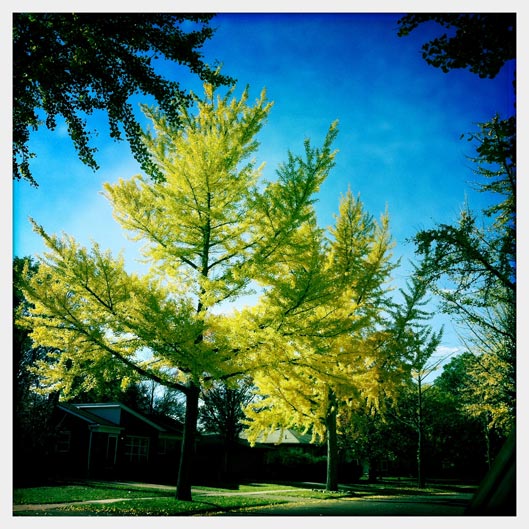I grew Nicotiana sylvestris for the first time this year and I have three questions. First, as the plants started to blossom this spring, tiny white and brown bugs appeared all over both the flowers and the foliage, especially the undersides. Near the end of the season, there must have been thousands of these bugs all over the plants! The foliage and flowers were healthy and bloomed wonderfully all season. I tried insecticidal soap in the early summer, but that didn’t seem to faze them. Should I be worried about these bugs overwintering, and what, if anything, should I do differently next year?
Second, at season’s end, I noticed that each seed head had dozens of tiny, brown particles. Are these all seeds? If not, is there just one seed per each “head”? It seems difficult to determine what exactly the seed is. Does this plant self-seed? Third, should this plant be deadheaded throughout the season? As each white bloom faded to brown, I plucked it out, but should I also have cut off the oval seed heads?
What you probably had on your Nicotiana were aphids. They attack the tender new growth and buds of fleshy plants, including Nicotiana. When these insects shed their exo-skeleton they fall on the foliage and give the appearance of thousands. Aphids reproduce rapidly, especially in hot weather, therefore it is difficult to get rid of them quickly. Insecticidal soap will work, but must be applied every 6 to 8 days to kill any eggs that might hatch. For another natural way of getting rid if these pests, try ladybugs. They can be purchased at your local garden center and can take care of a large population of aphids in a matter of days.
The seed pod on Nicotiana is the green, oval shaped part at the base of the flower. These should be removed for flower longevity. In mild winters, Nicotiana can self-seed if the seed pods are left on the plant.

